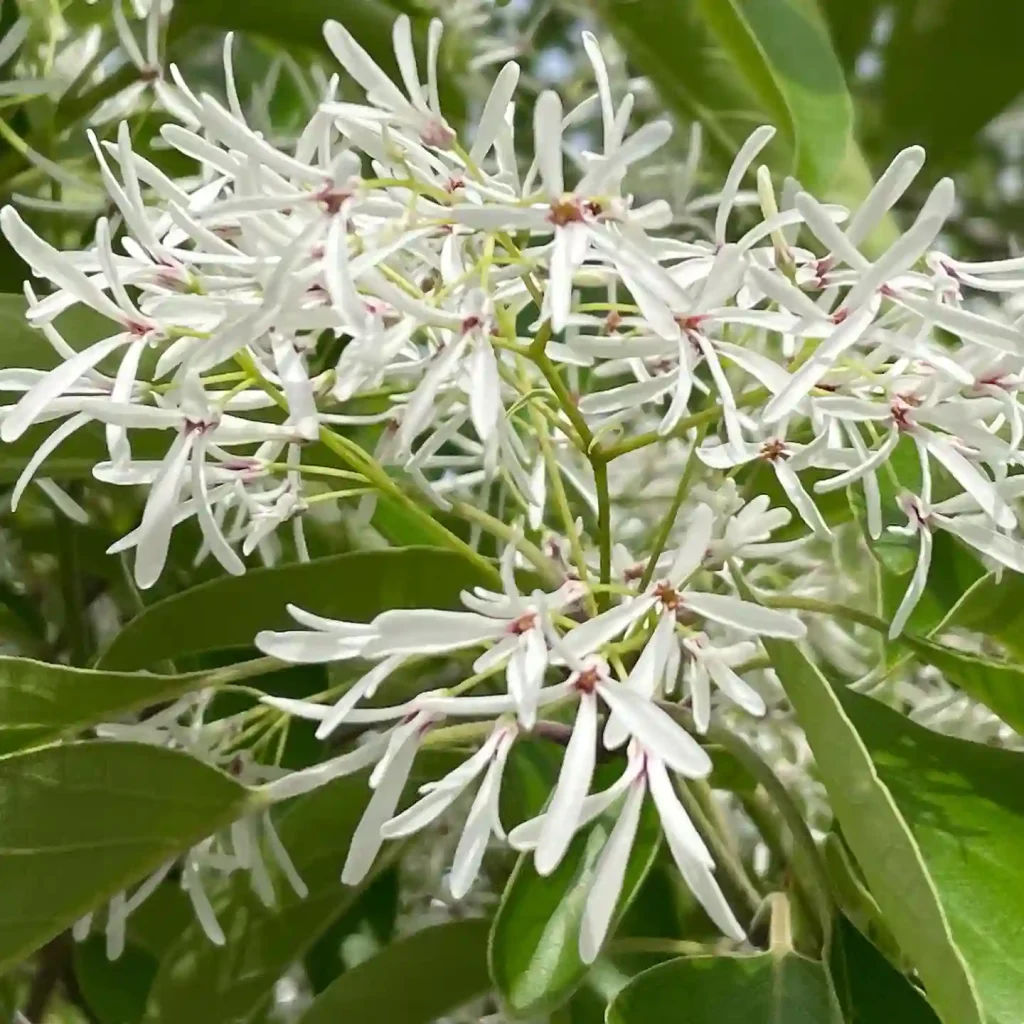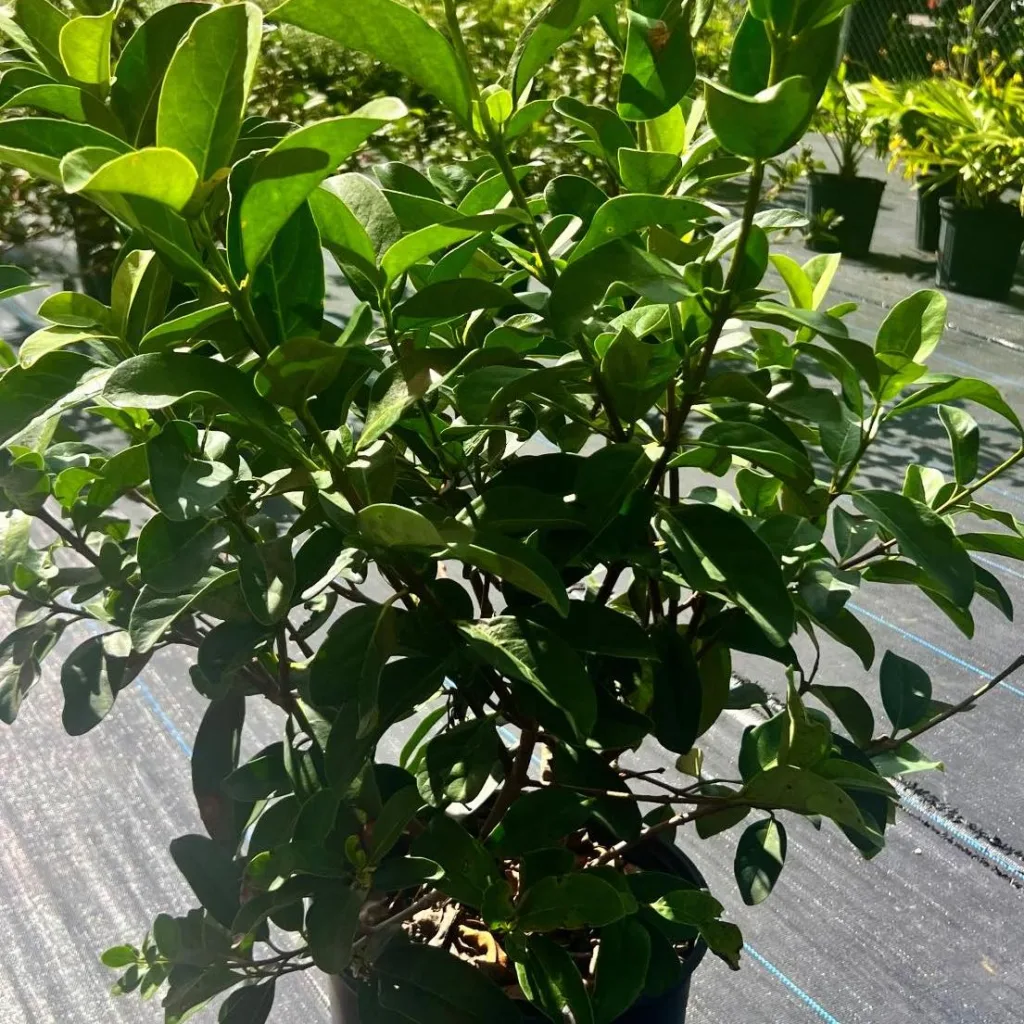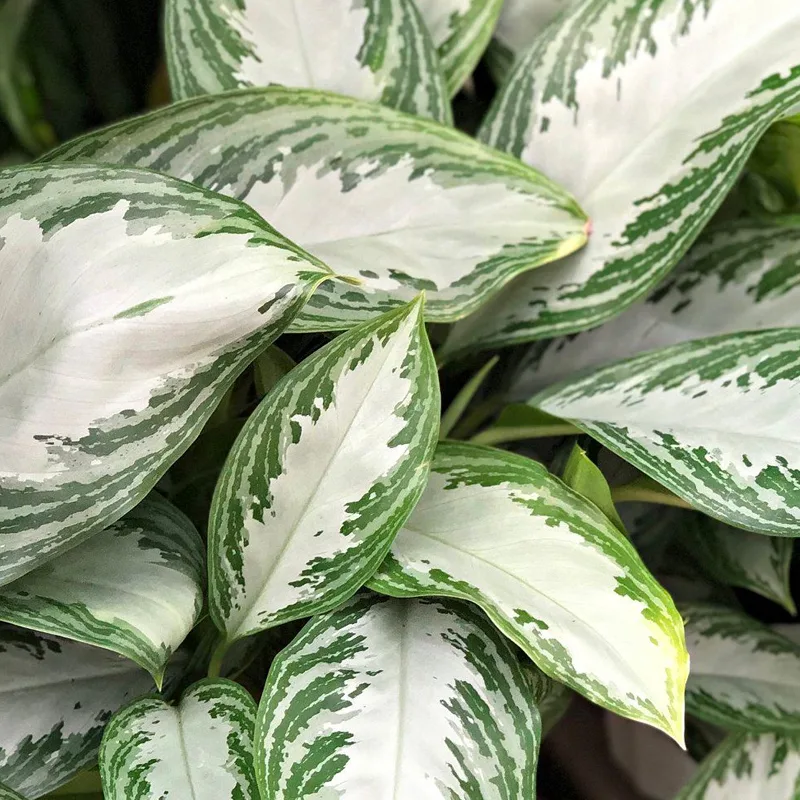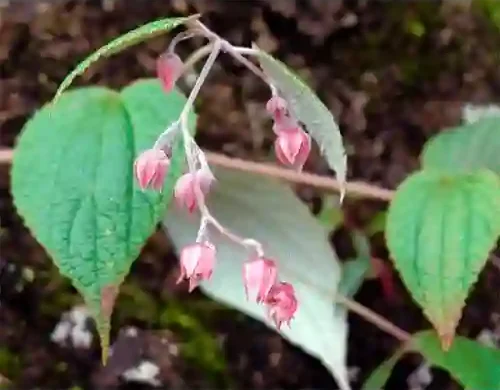Monardella Villosa: A Fragrant California Native for Your Garden
I’m Ferb Vu, and I’m obsessed with California natives. These drought-tolerant beauties are not only stunning but also ecologically beneficial. Today, I want to introduce you to Monardella villosa, also known as Coyote Mint.
What is Monardella Villosa?
Monardella villosa is a perennial subshrub native to California and Oregon. It forms a low-growing, bushy mound with soft, grayish-green leaves that release a delightful minty aroma when crushed. The star of the show, however, are the clusters of small, vibrant lavender or pink flowers that bloom from late spring to late summer.
Easy on the Eyes, Easy on You
Monardella villosa is a low-maintenance plant that thrives in full sun or partial shade. It prefers well-drained soil, tolerating sandy, loamy, or even clay as long as it doesn’t stay soggy. Once established, it’s surprisingly drought-resistant, needing occasional watering during the hottest months, especially if planted in full sun.
This little powerhouse is rarely bothered by pests or diseases, making it a perfect choice for beginner gardeners. To encourage bushier growth, you can give it a light trim in the fall. Propagation is easy through seeds, allowing you to expand your coyote mint haven.
A Feast for the Senses and the Pollinators
Monardella villosa’s fragrant flowers are a magnet for butterflies, hummingbirds, and other pollinators. They’ll flock to your garden, adding a touch of life and vibrancy. The leaves themselves also hold a pleasant minty scent, making it a delightful addition to walkways or borders where you can brush against it for a refreshing aroma.
While some sources mention using the leaves for tea, it’s important to note that Monardella villosa has a stronger, more bitter flavor compared to other mints. It’s best enjoyed visually and olfactorily.
Where Does Coyote Mint Shine?
Monardella villosa’s versatility makes it a welcome addition to various garden styles. Here are some ideas:
- Rock gardens: Its low-growing habit and tolerance for dry soil make it perfect for filling in gaps between rocks and adding pops of color.
- Butterfly gardens: The irresistible fragrance and nectar-rich flowers will turn your garden into a butterfly haven.
- Pollinator meadows: Plant it alongside other native California wildflowers to create a vibrant and ecologically friendly landscape.
- Containers: Its compact size makes it suitable for pots and balconies, bringing a touch of California charm to urban spaces.
Monardella Villosa vs. Other Mints
There are several other plants in the mint family that share some similarities with Monardella villosa. Here’s a quick comparison:
- Spearmint (Mentha spicata): A culinary mint with a milder flavor and a more upright growth habit than Coyote Mint.
- Peppermint (Mentha x piperita): Another popular culinary mint with a strong, minty flavor. It’s more invasive than Monardella villosa and requires more attention to prevent it from taking over your garden.
- Lavender (Lavandula spp.): Shares the same love for full sun and well-drained soil, but with a completely different fragrance and flower color. Planting them together can create a stunning visual contrast.
Can I use Coyote Mint in cooking?
Technically, yes. The leaves are edible and possess a minty aroma. However, compared to culinary mints like spearmint or peppermint, Monardella villosa has a stronger, more bitter taste. It’s generally not considered a culinary herb and is best enjoyed for its fragrance and visual appeal.
How tall does Monardella Villosa grow?
Mature Coyote Mint typically reaches a height of 1-2 feet with a spread of 2-3 feet. It forms a bushy mound, remaining compact and manageable in your garden.
Does Monardella Villosa attract deer?
The good news is that Monardella villosa is generally deer resistant. The strong minty scent tends to deter deer from browsing on the leaves.
Can I grow Monardella Villosa from seed?
Absolutely! Seed propagation is a great way to expand your coyote mint collection. Seeds can be sown directly outdoors in fall or early spring after a cold stratification period (simulating winter conditions) to improve germination.
Is Monardella Villosa invasive?
No, Monardella villosa is not invasive. It’s a well-behaved California native that stays within its boundaries and doesn’t aggressively spread. This makes it a perfect choice for gardens where you want to avoid unwanted plant takeover.
What are some companion plants for Monardella Villosa?
Since it thrives in full sun and well-drained soil, Coyote Mint pairs well with other drought-tolerant California natives like:
- California poppy (Eschscholzia californica)
- California lilac (Ceanothus spp.)
- Yarrow (Achillea millefolium)
- Salvia (Salvia spp.)
- Buckwheat (Eriogonum spp.)
These plants create a cohesive and ecologically beneficial California-inspired landscape.
Where can I buy Monardella Villosa?
Monardella villosa is becoming increasingly popular and can be found at many nurseries specializing in native plants. You can also search online retailers or local gardening clubs for availability.
By now, you might be wondering if Monardella villosa is the right fit for your garden. If you’re looking for a low-maintenance, California native that attracts pollinators and adds a touch of fragrance and beauty, then Coyote Mint is definitely worth considering.
If i die, water my plants!



